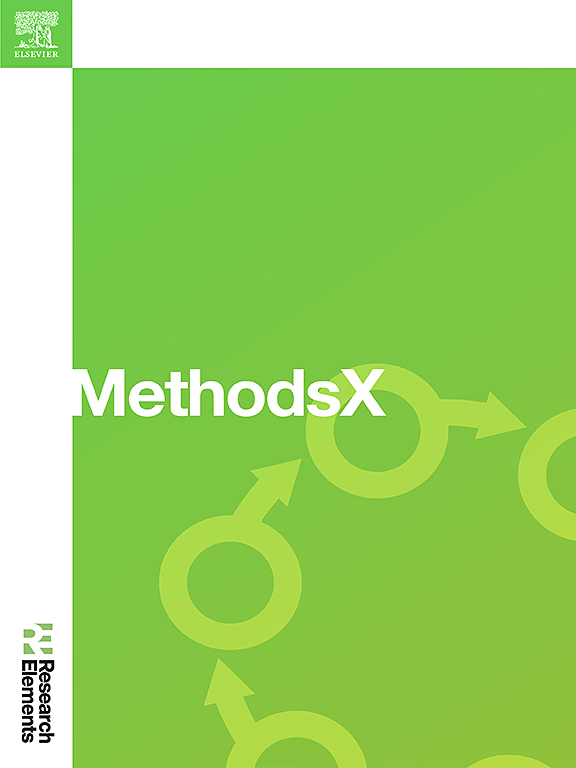Improved Setup for Decolourization Experiments with Granular and Powdered Adsorbent Materials Using UV-VIS Flow-through Cells
IF 1.6
Q2 MULTIDISCIPLINARY SCIENCES
引用次数: 0
Abstract
Textile wastewater treatment poses global challenges due to complex and costly processes, particularly in the adsorption-based decolourization step. Existing experimental methodologies for adsorption suffer from inconsistencies, hindering comparability across studies. To address this, we developed a universal setup integrating conventional adsorption methods with pharmaceutical dissolution techniques. This approach provides continuous UV-VIS monitoring of adsorption processes without external filtration, which is suitable for both fine powders (∼microns) and granular particles (∼millimetres) and is applicable to both natural and synthetic adsorbents. Case studies conducted with powdered and granular adsorbents confirmed this method's robustness, reproducibility, and enhanced accuracy, allowing real-time, precise monitoring. Overall, this versatile approach significantly improves reliability in adsorption experiments, offering a broadly applicable solution for adsorption monitoring in wastewater treatment research.
- •A versatile setup combining adsorption methods with flow-through UV-VIS spectrometry.
- •Enables continuous monitoring of decolourization without the need for external filtration.
- •Applicable to a wide range of adsorbent materials, from fine powders to granulates.

使用 UV-VIS 流通池对颗粒状和粉末状吸附材料进行脱醇实验的改进设置
纺织废水处理由于复杂和昂贵的过程,特别是在基于吸附的脱色步骤中,提出了全球性的挑战。现有的吸附实验方法存在不一致性,阻碍了研究之间的可比性。为了解决这个问题,我们开发了一种将传统吸附方法与药物溶解技术相结合的通用装置。该方法无需外部过滤即可对吸附过程进行连续UV-VIS监测,适用于细粉末(~微米)和颗粒颗粒(~毫米),适用于天然和合成吸附剂。用粉状和颗粒状吸附剂进行的案例研究证实了该方法的稳健性、可重复性和更高的准确性,可以实现实时、精确的监测。总的来说,这种通用的方法显著提高了吸附实验的可靠性,为废水处理研究中的吸附监测提供了广泛适用的解决方案。•多功能设置结合吸附方法与流动紫外-可见光谱法。•无需外部过滤即可连续监测脱色。•适用于广泛的吸附材料,从细粉到颗粒。
本文章由计算机程序翻译,如有差异,请以英文原文为准。
求助全文
约1分钟内获得全文
求助全文
来源期刊

MethodsX
Health Professions-Medical Laboratory Technology
CiteScore
3.60
自引率
5.30%
发文量
314
审稿时长
7 weeks
期刊介绍:
 求助内容:
求助内容: 应助结果提醒方式:
应助结果提醒方式:


